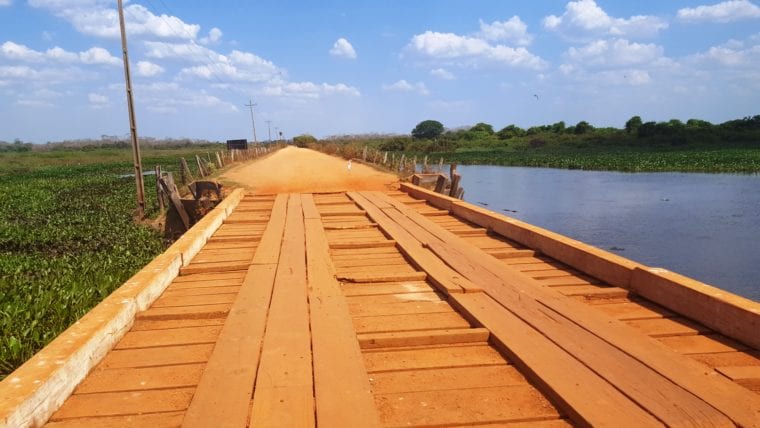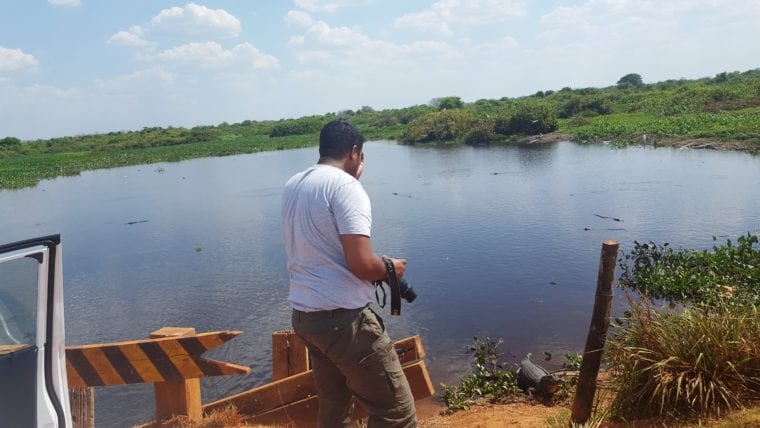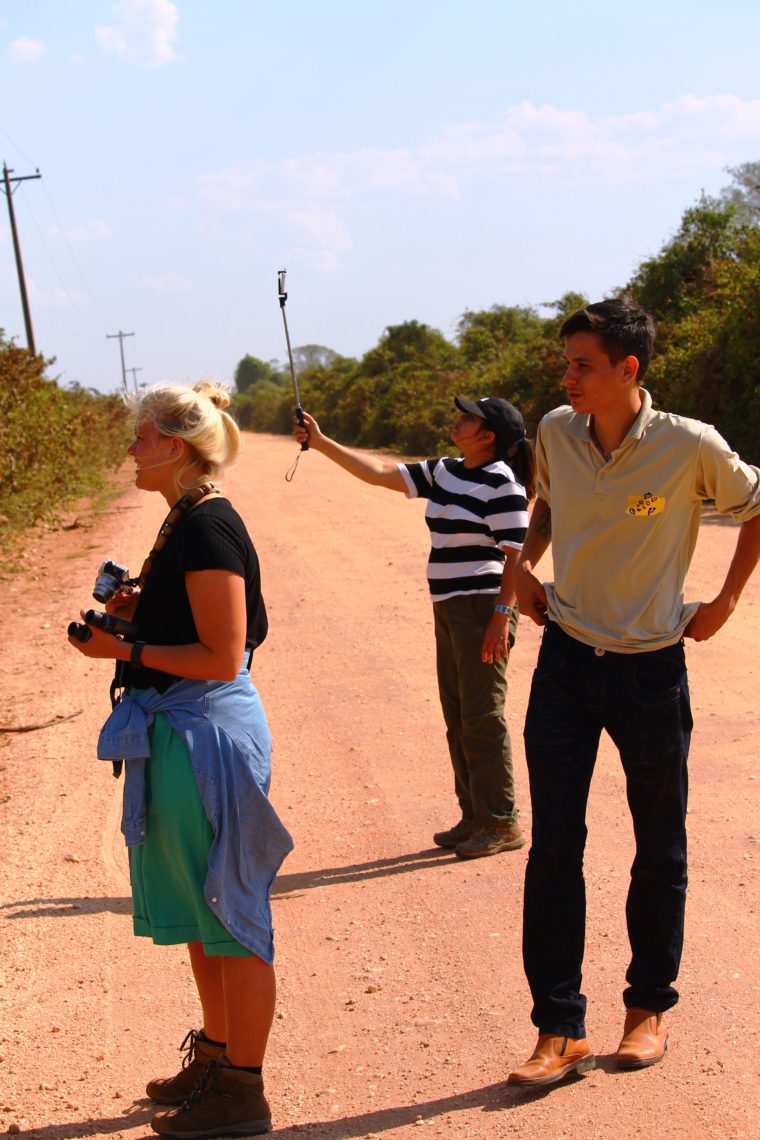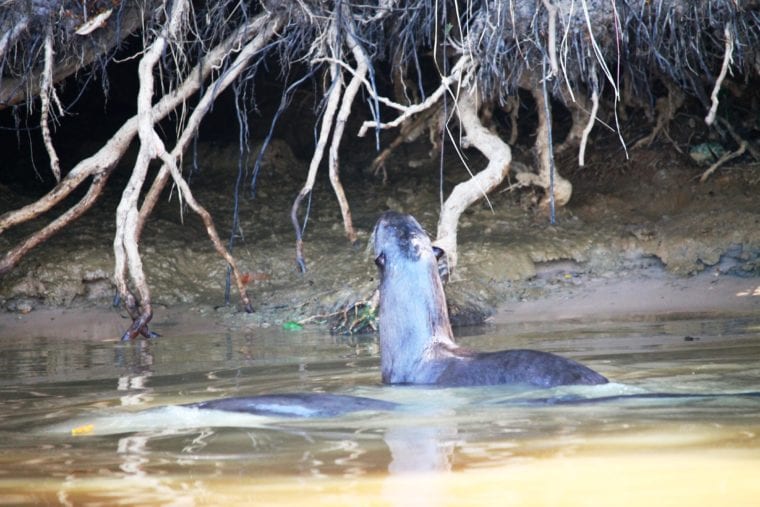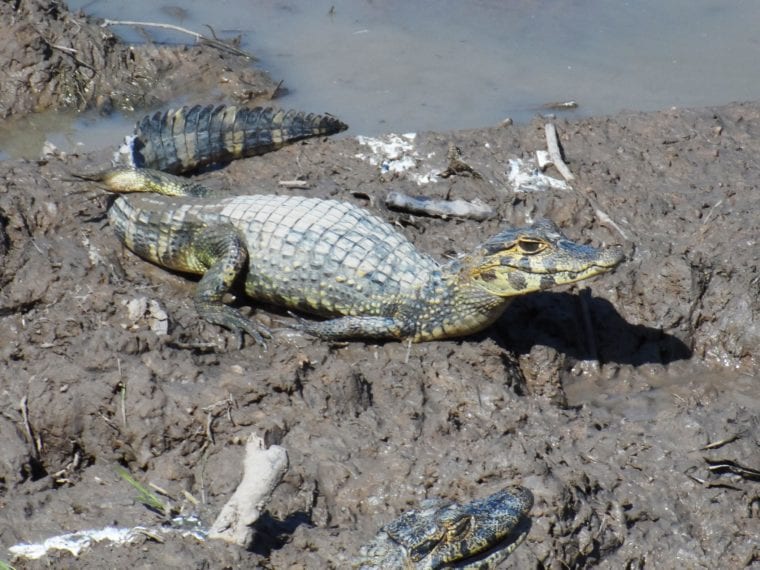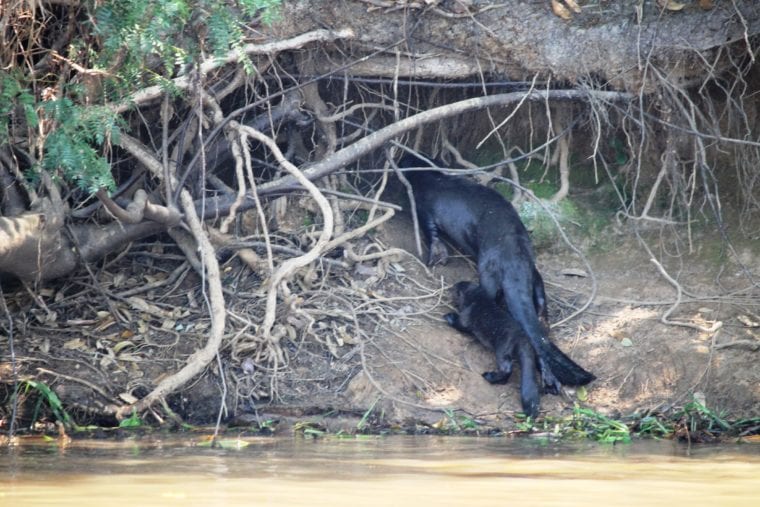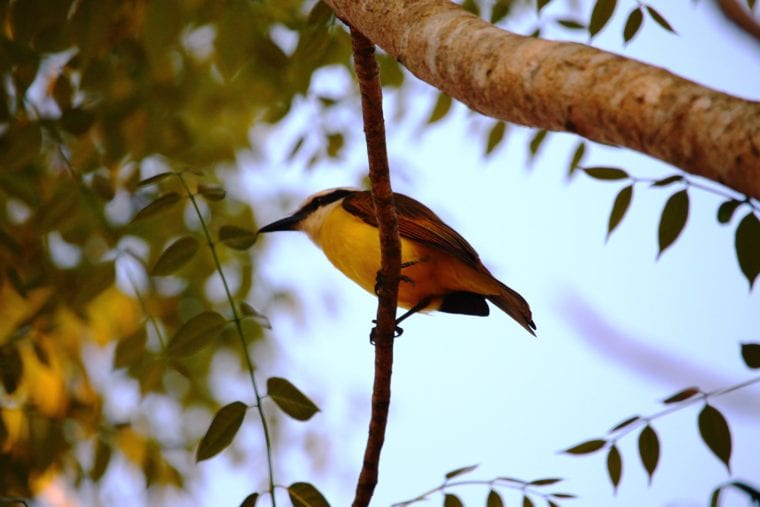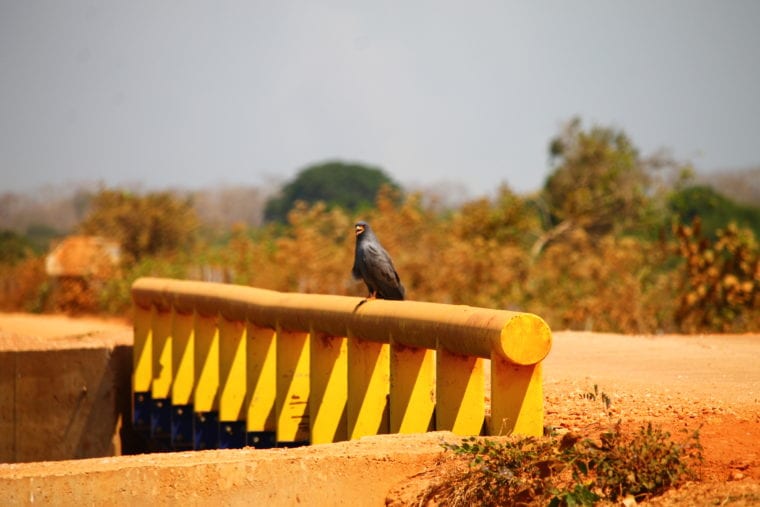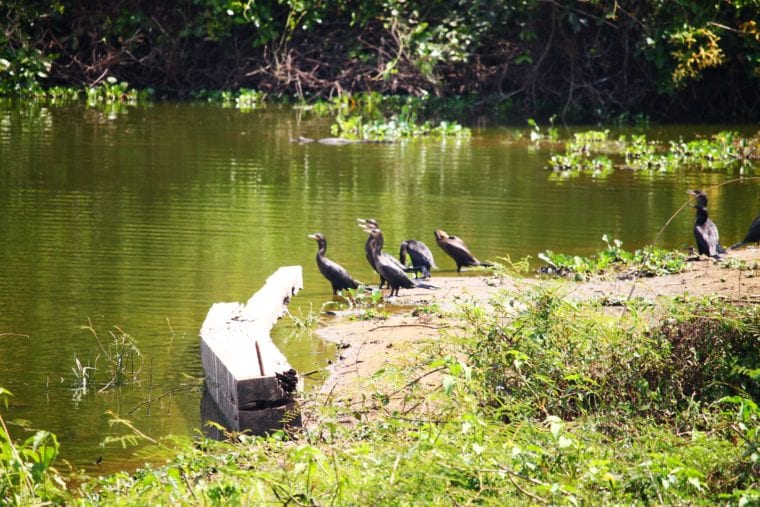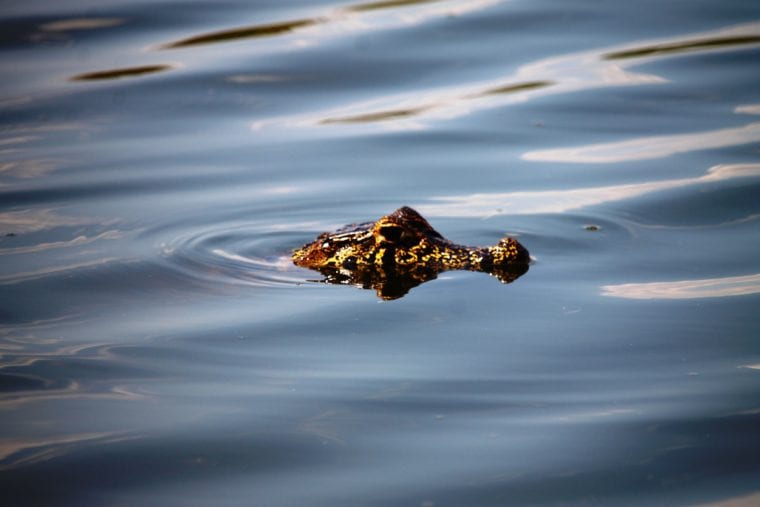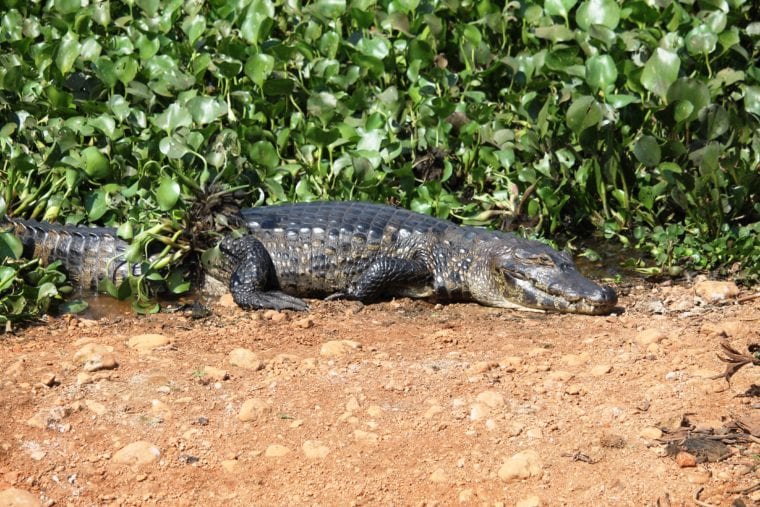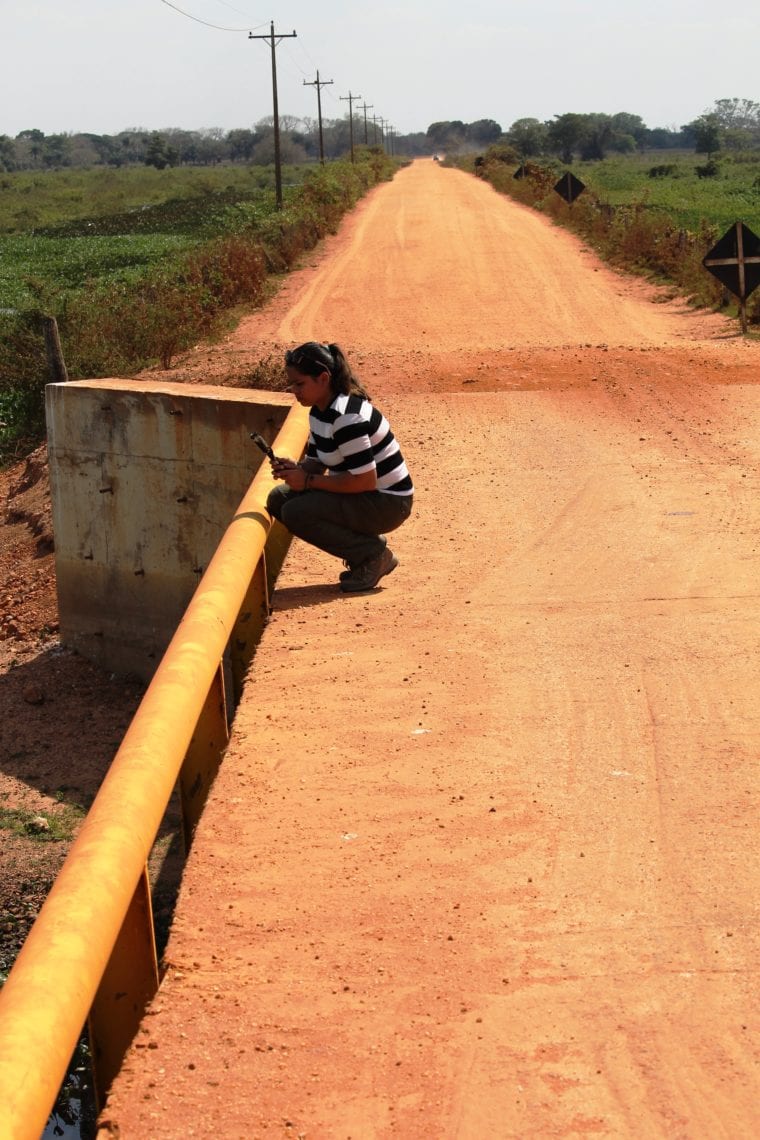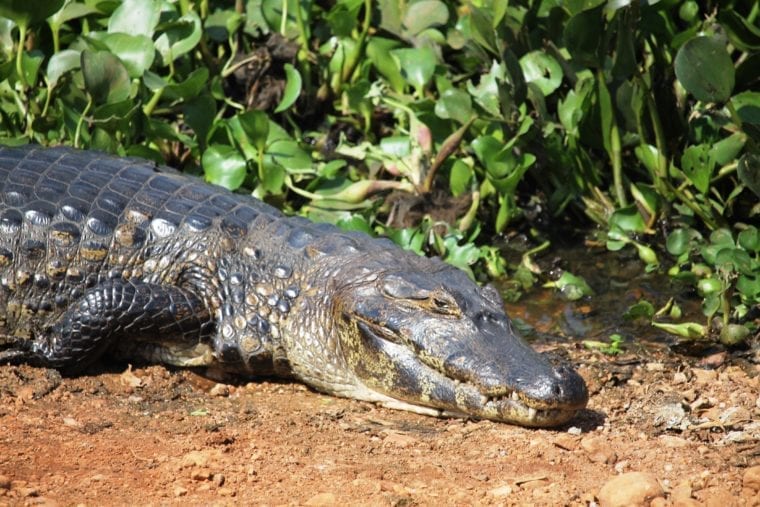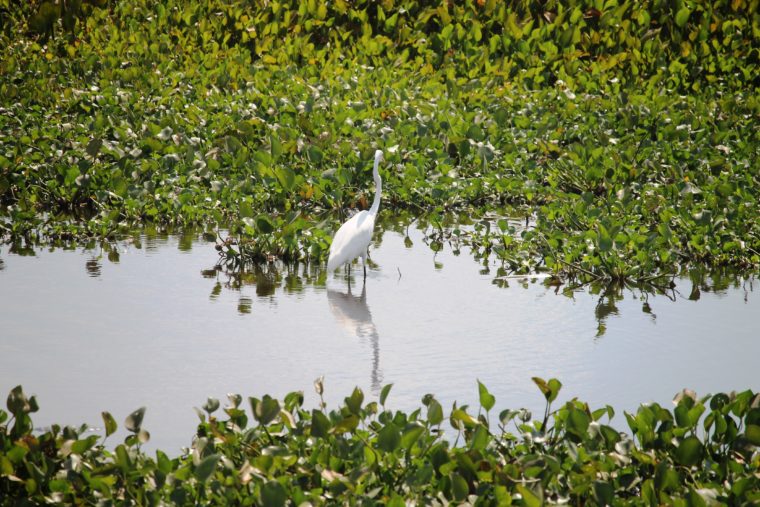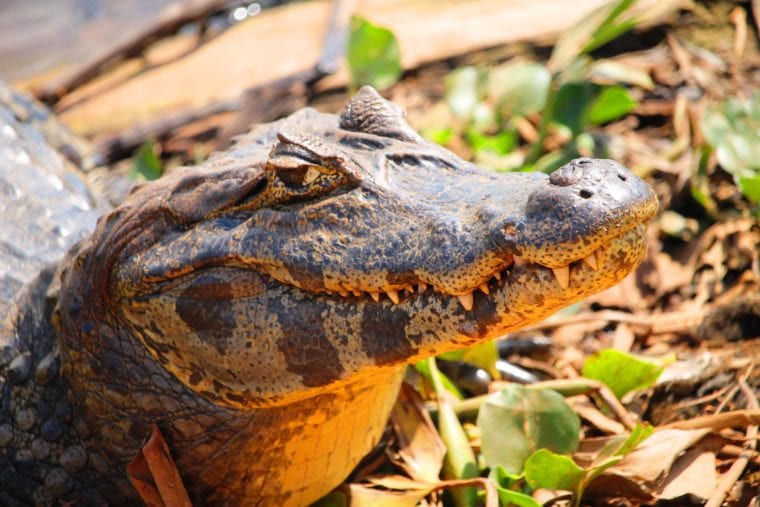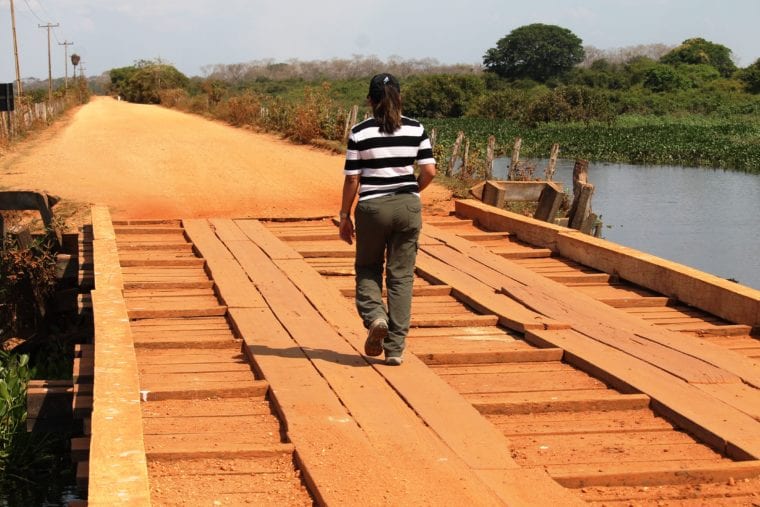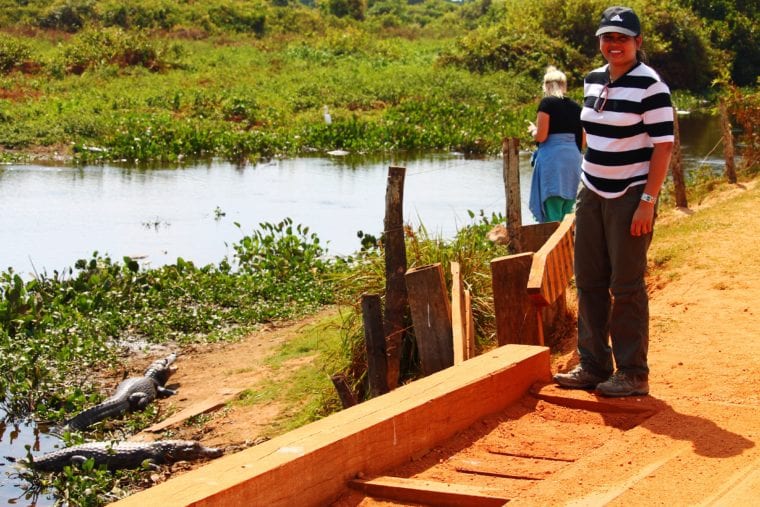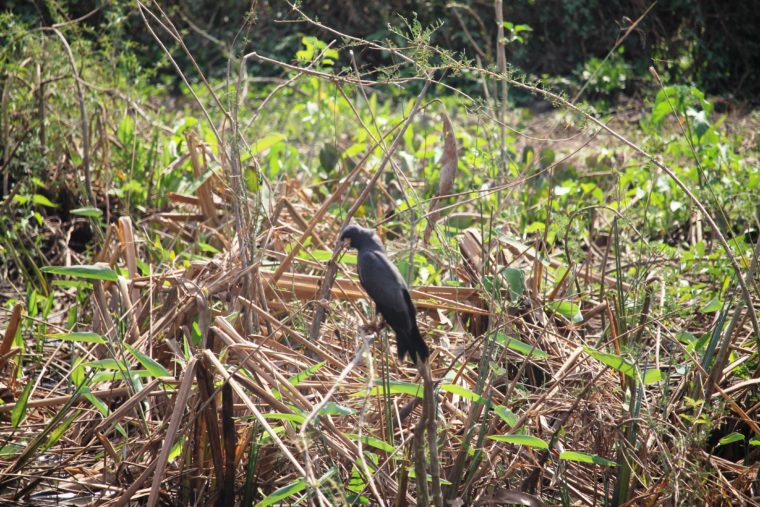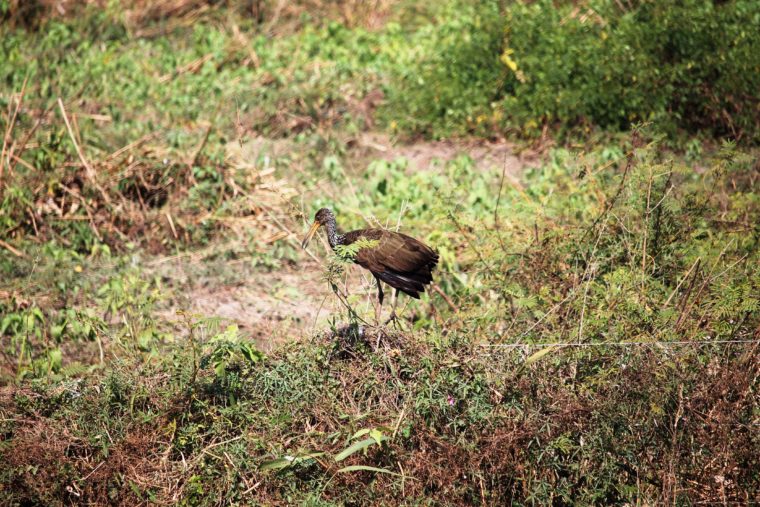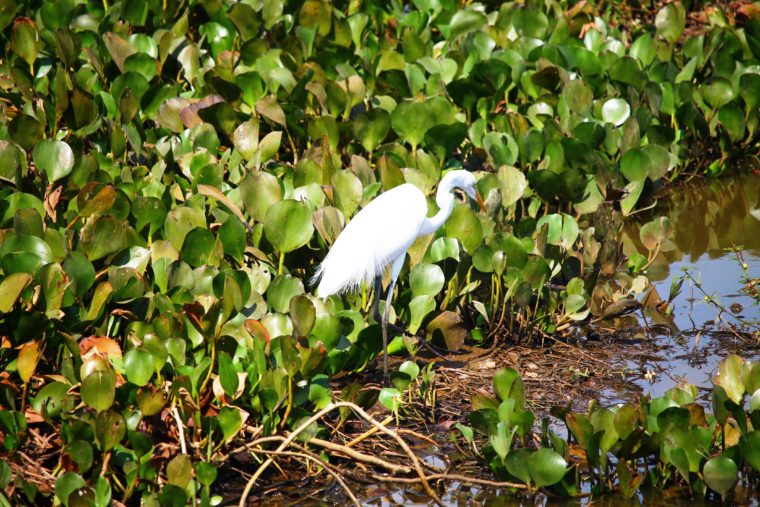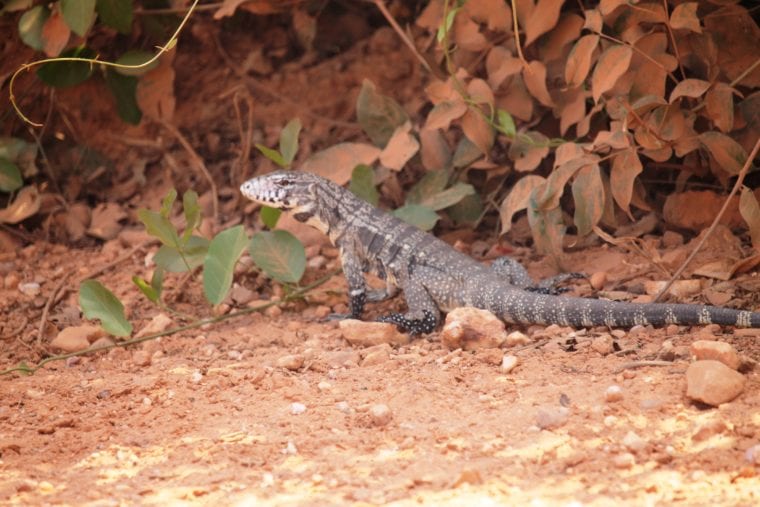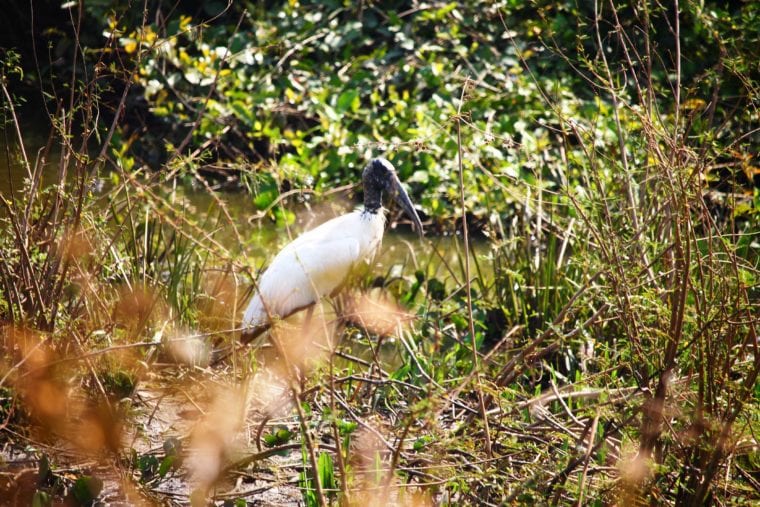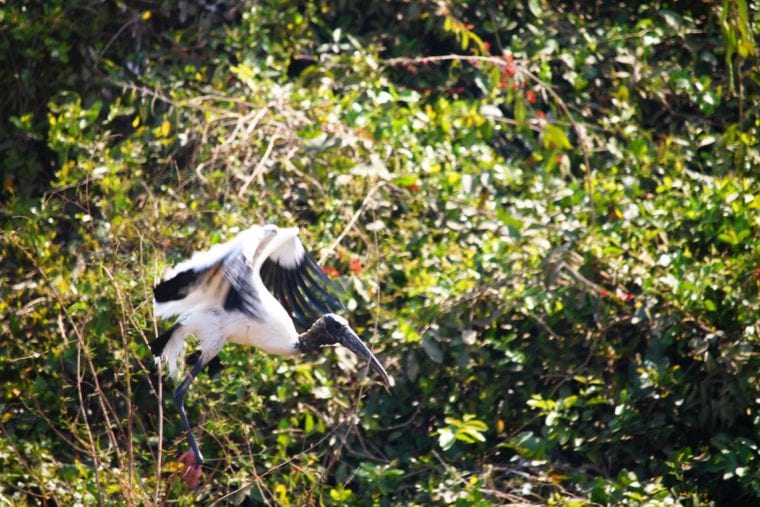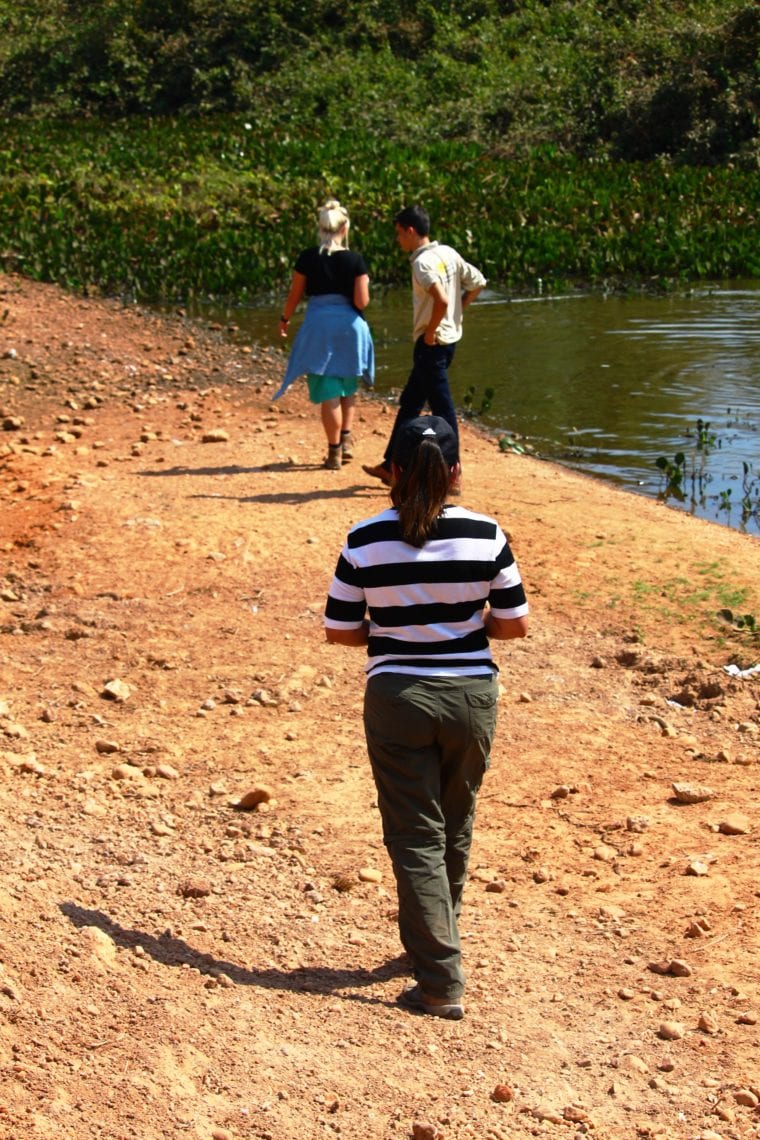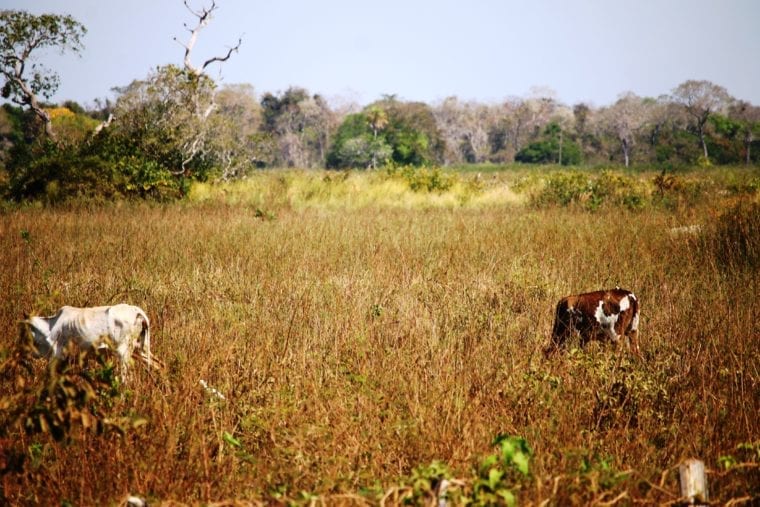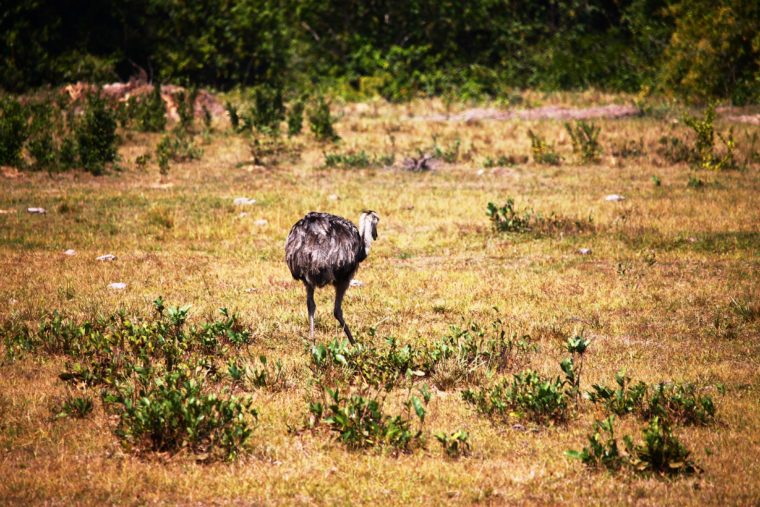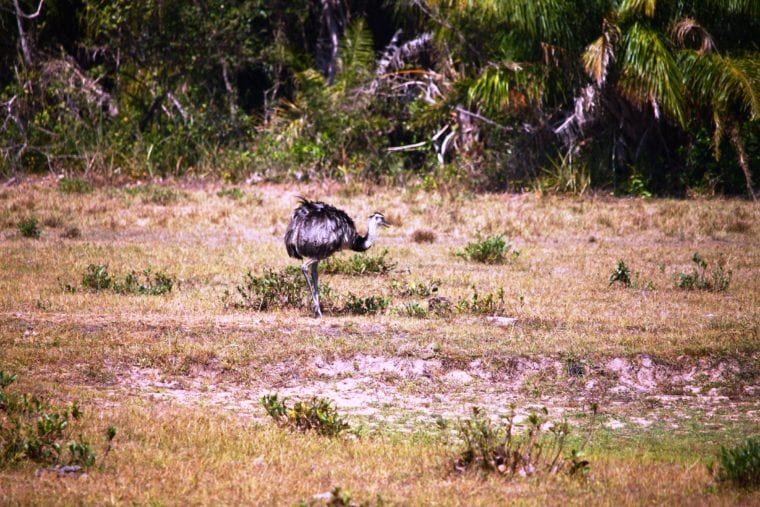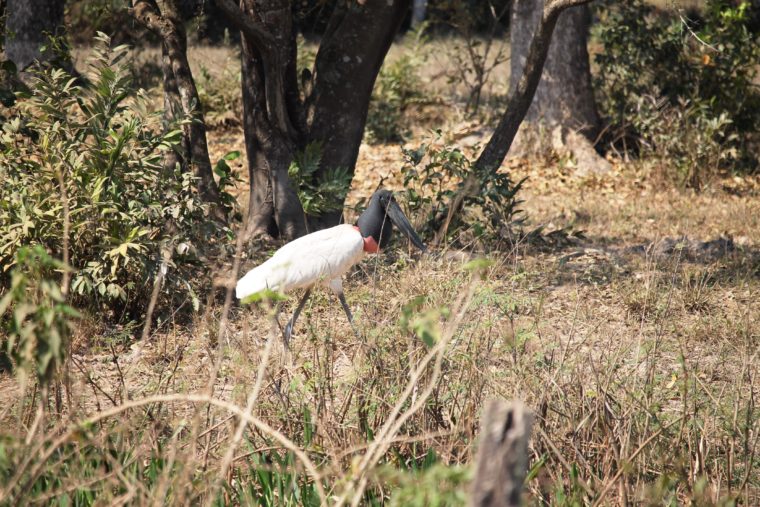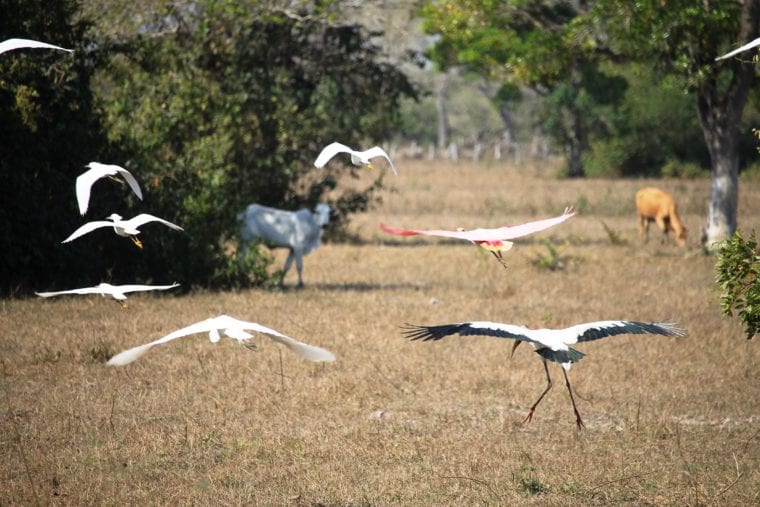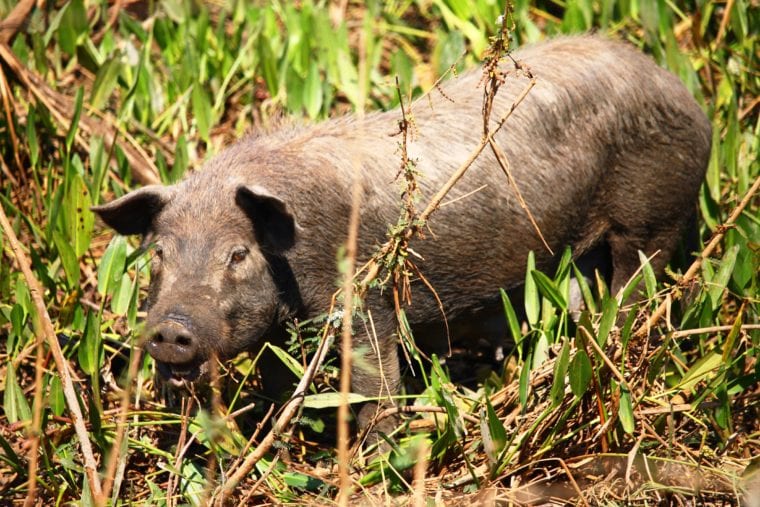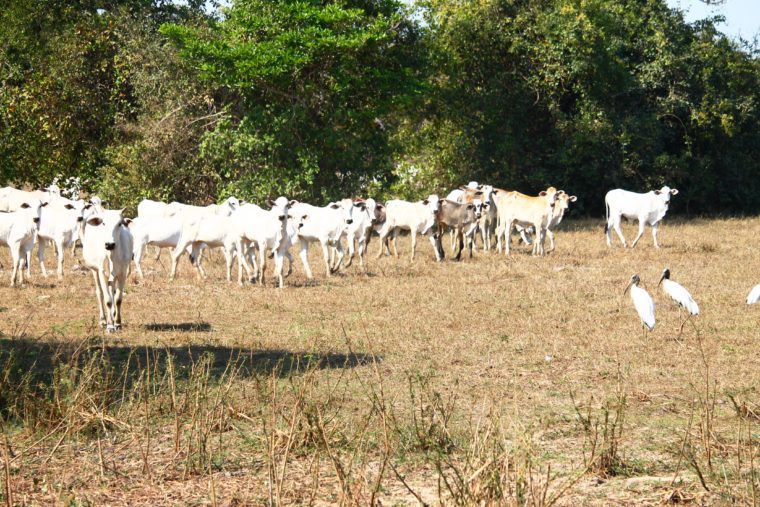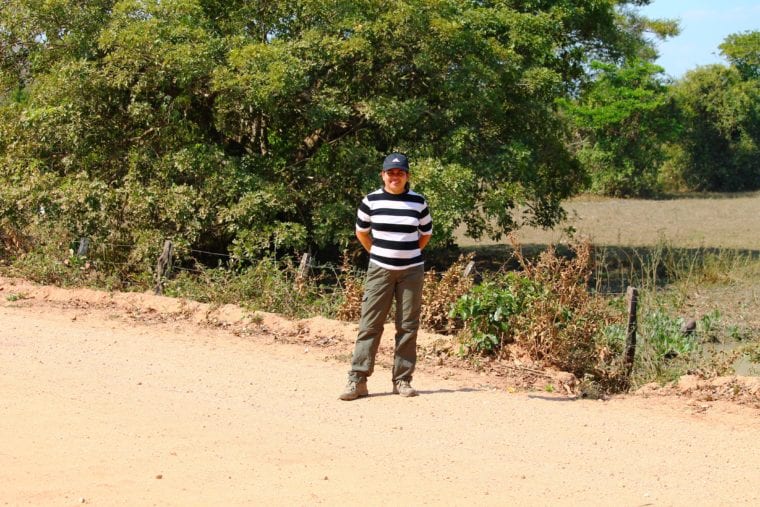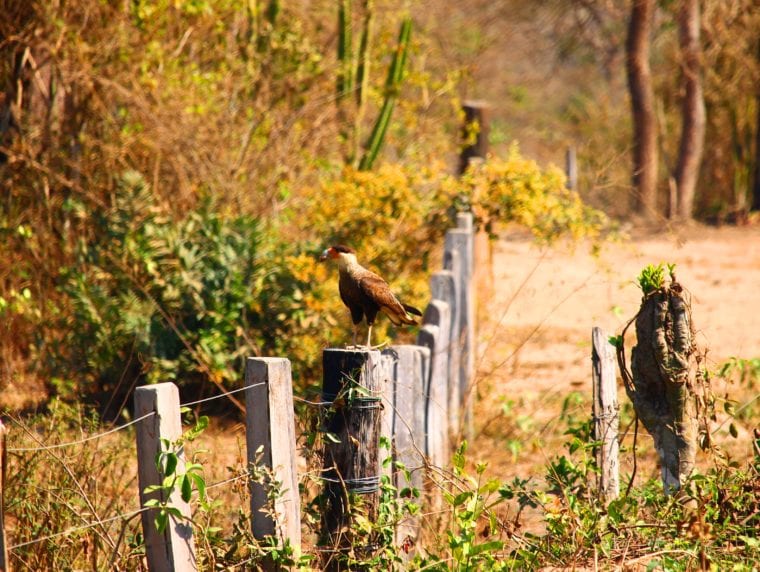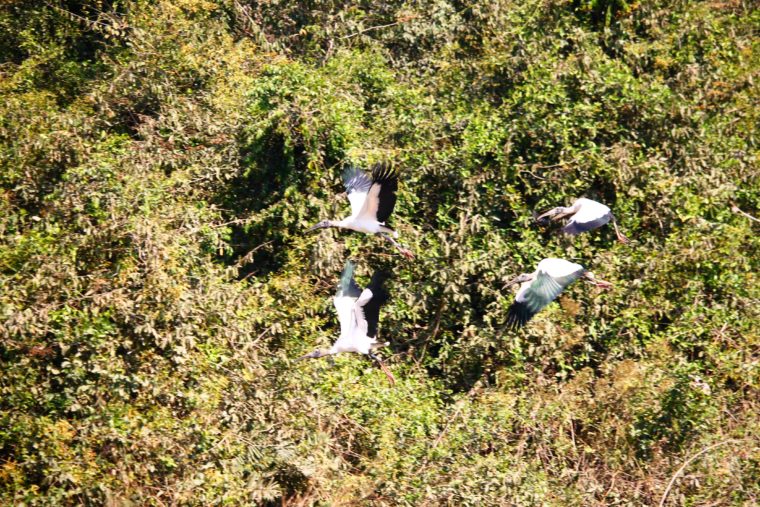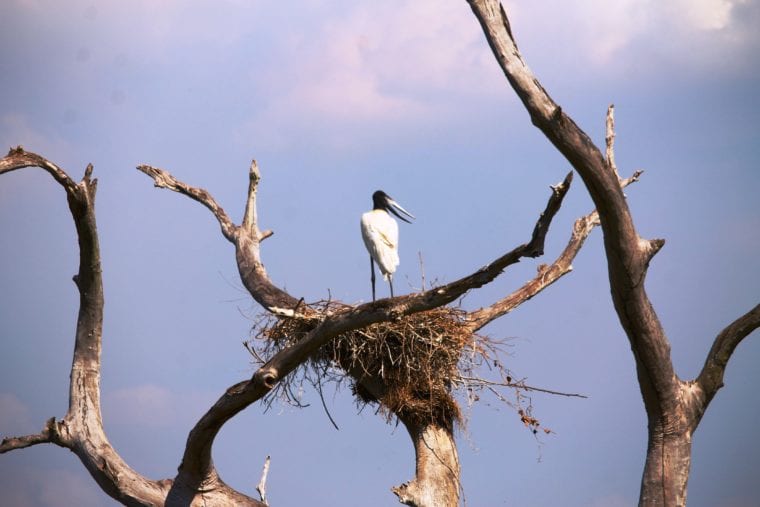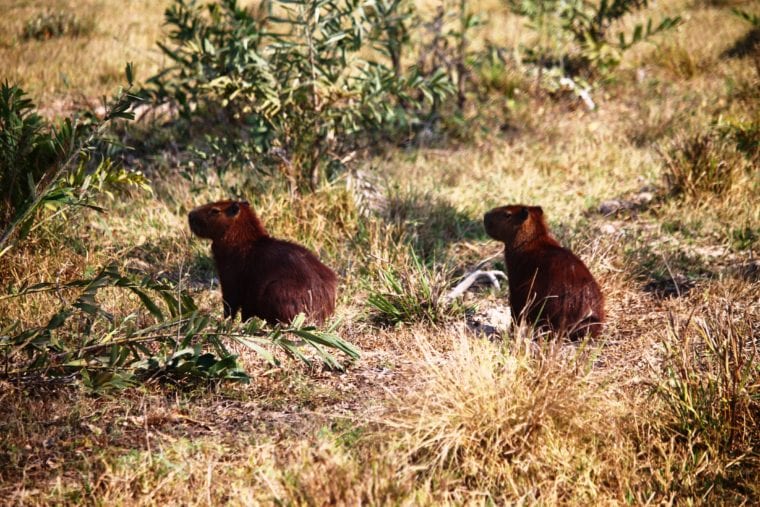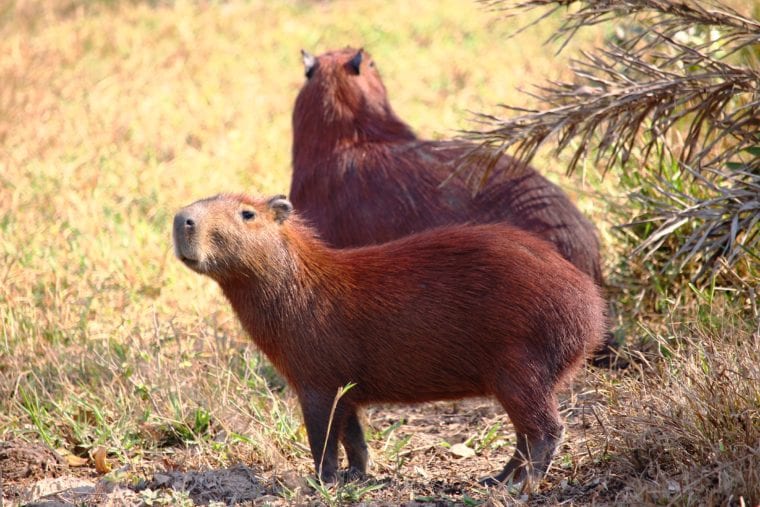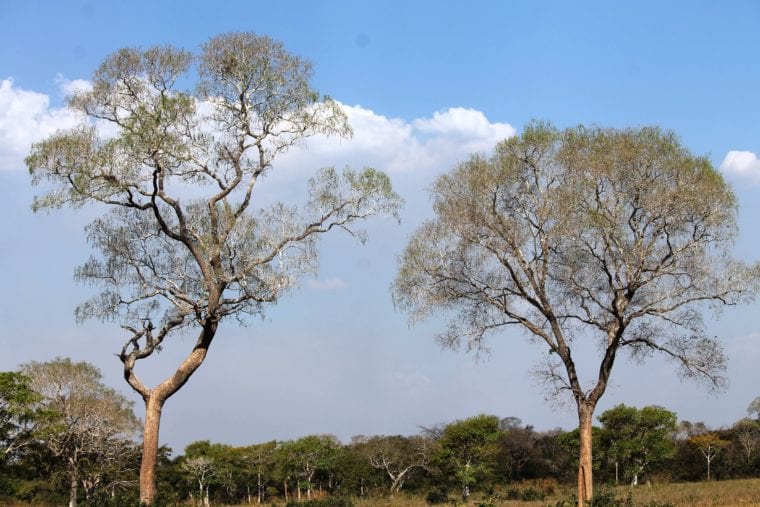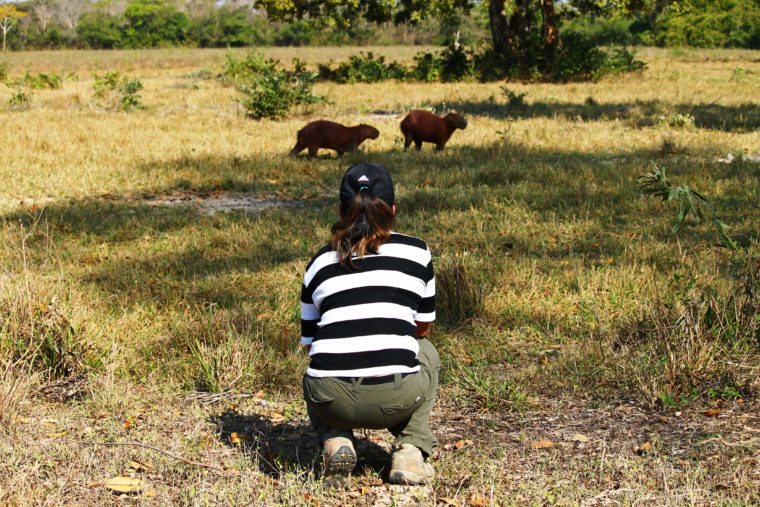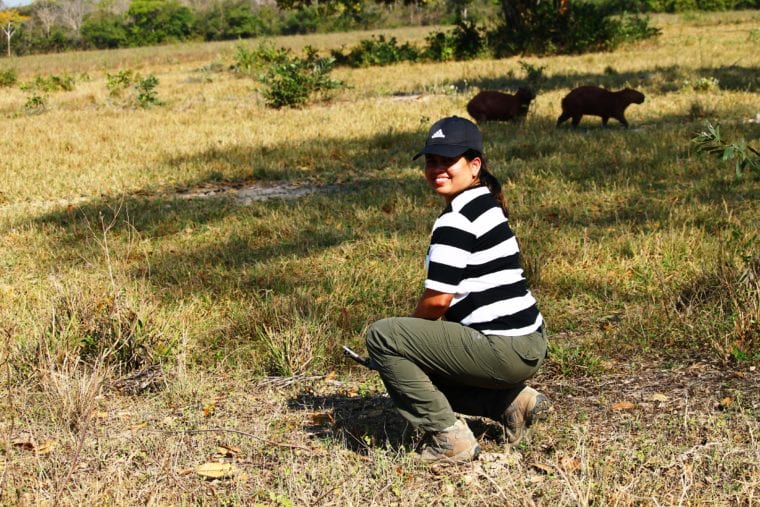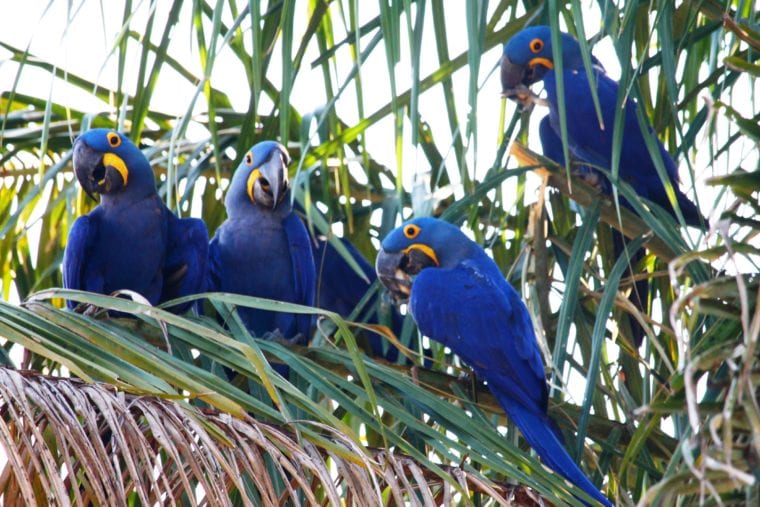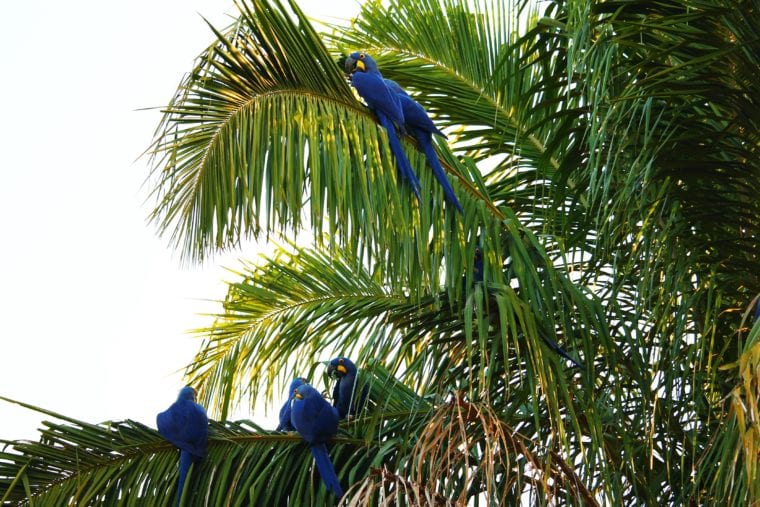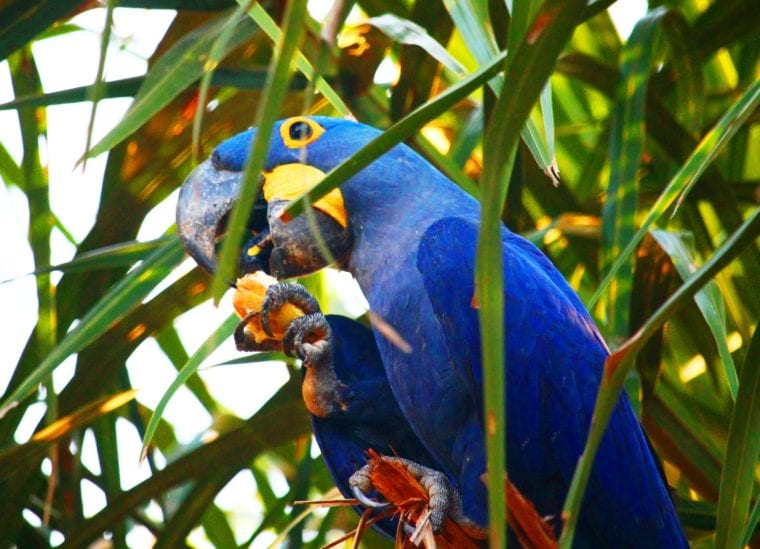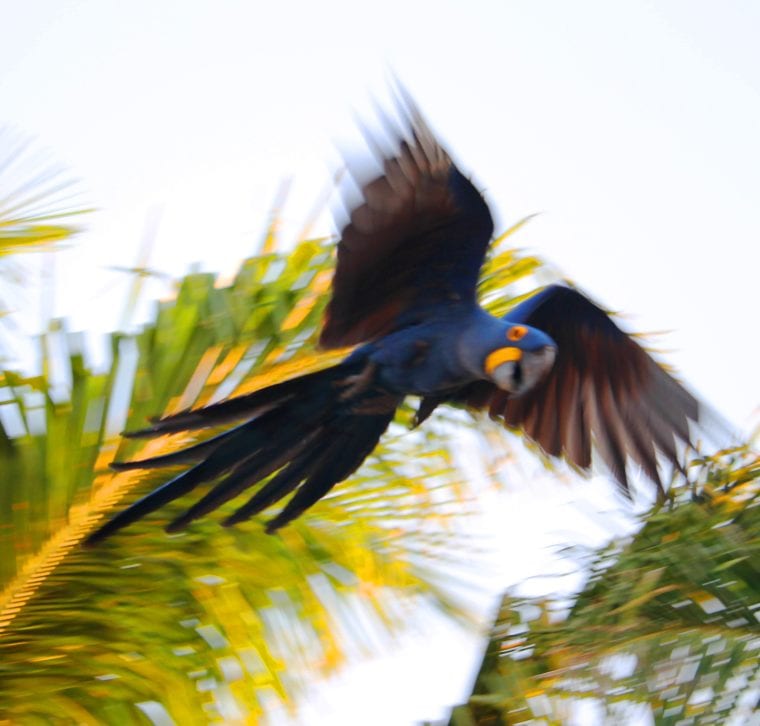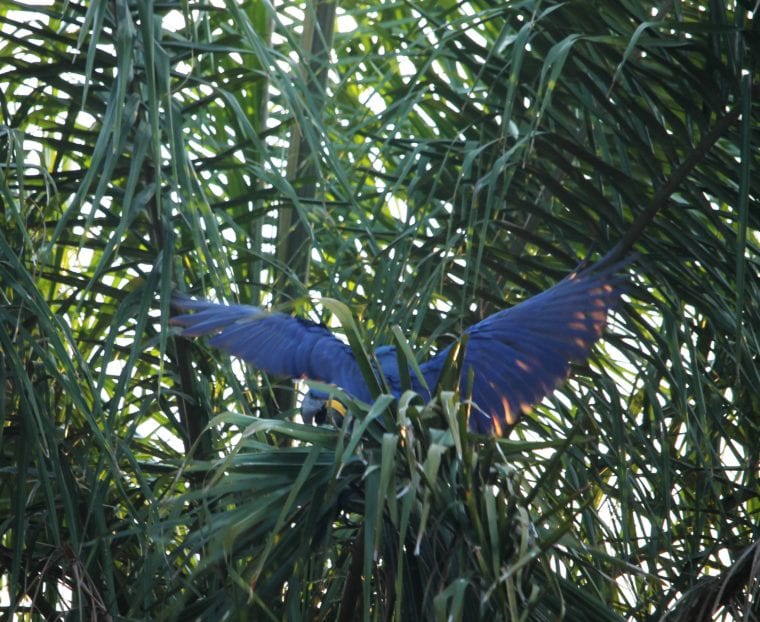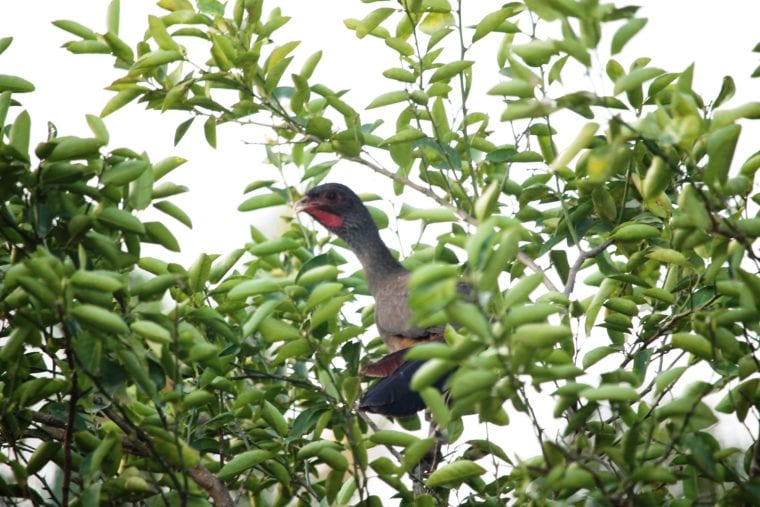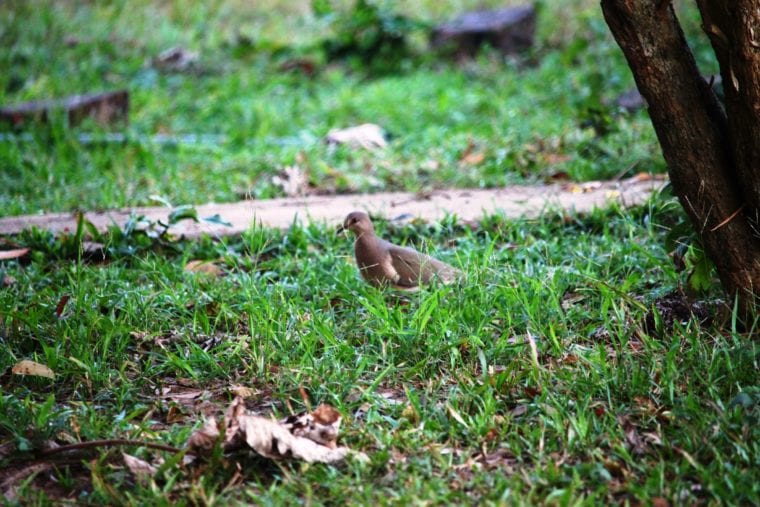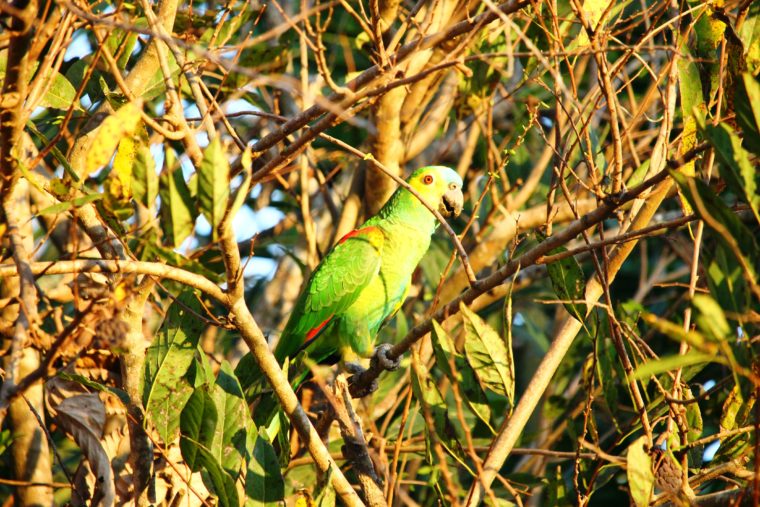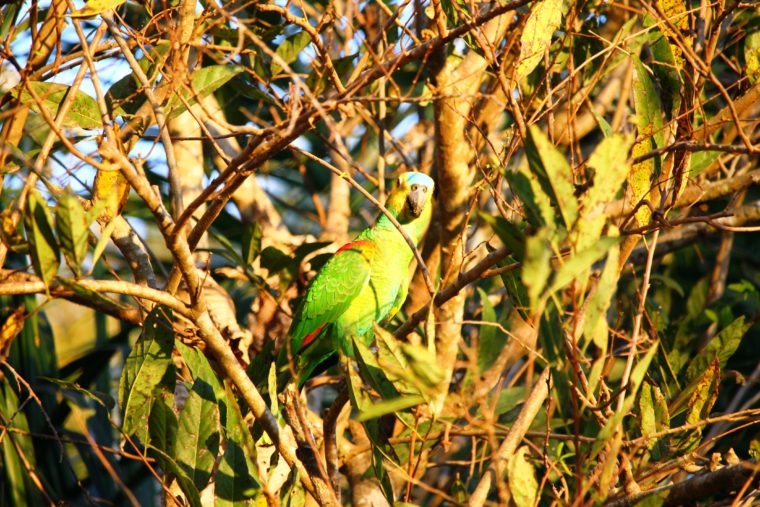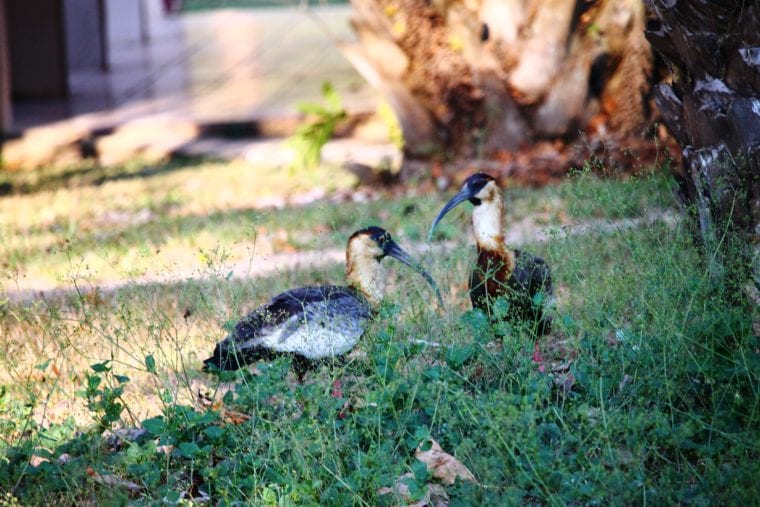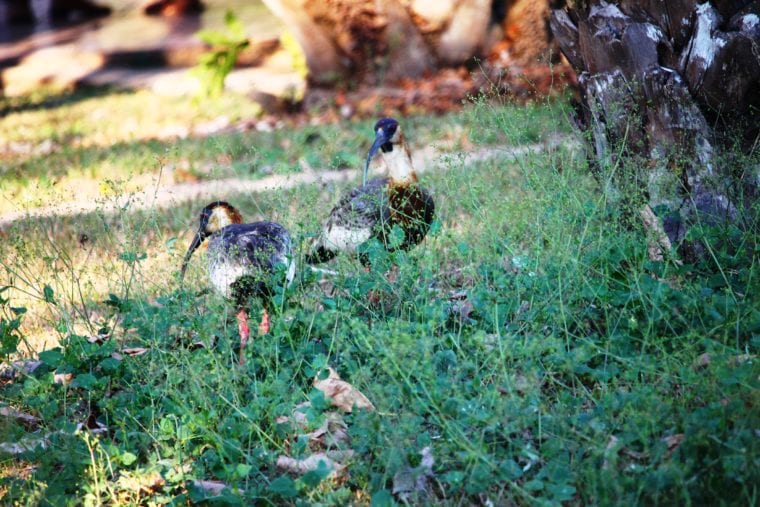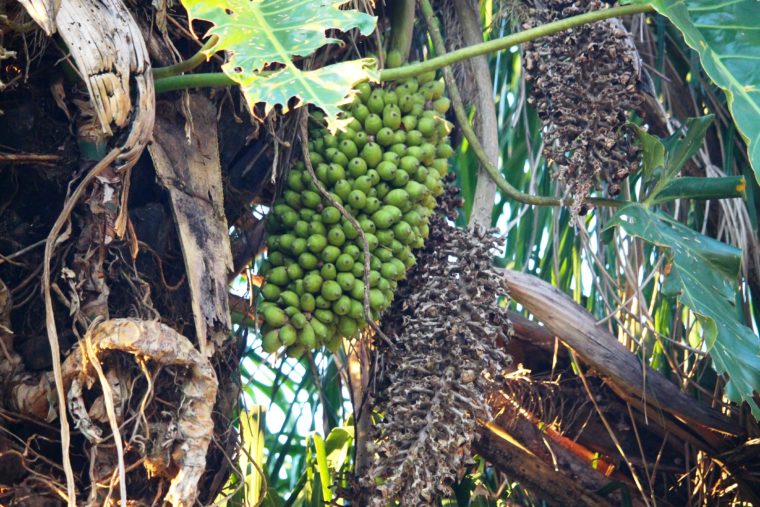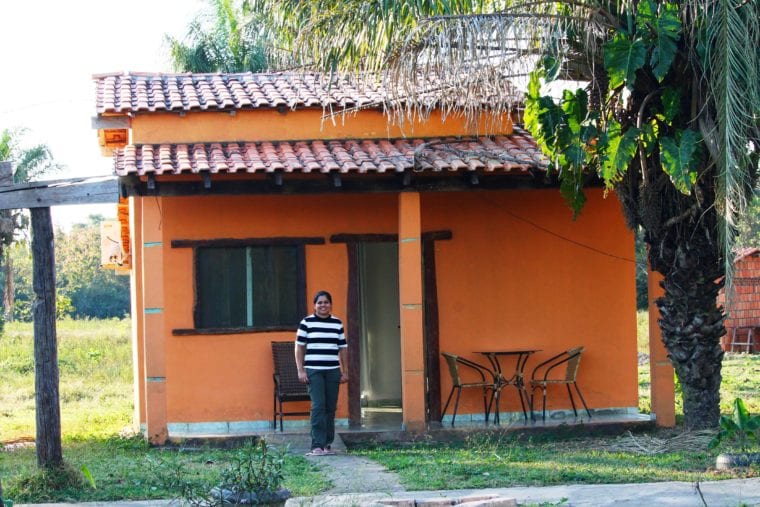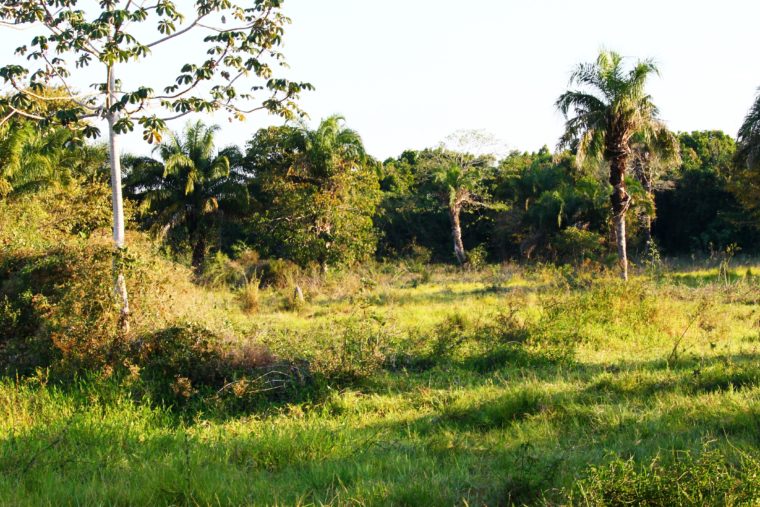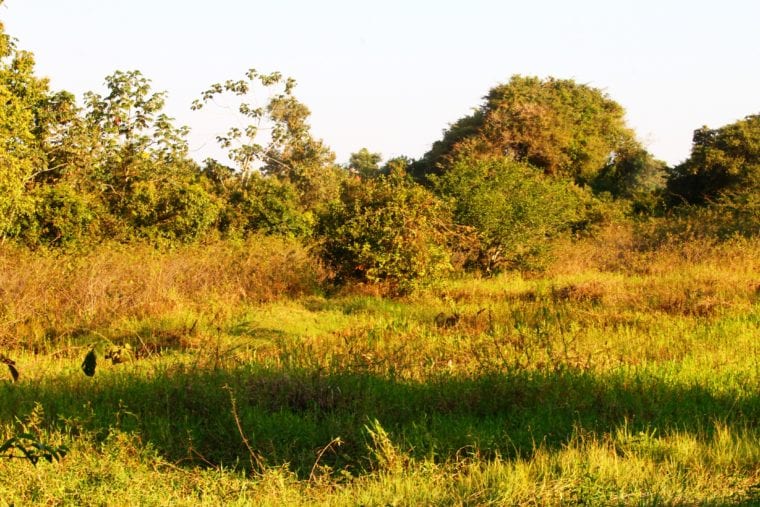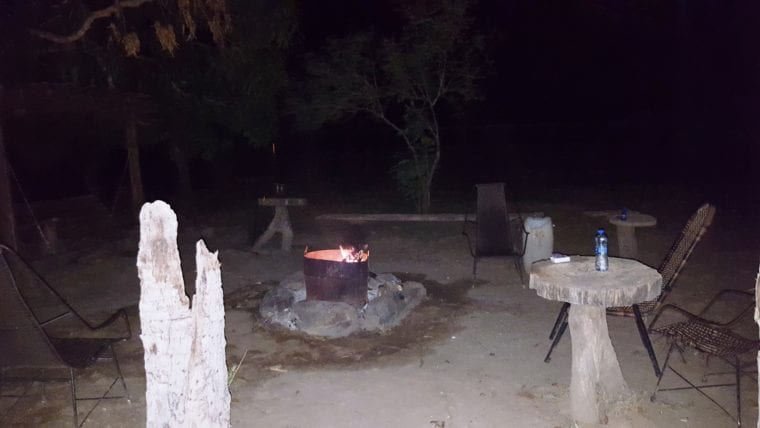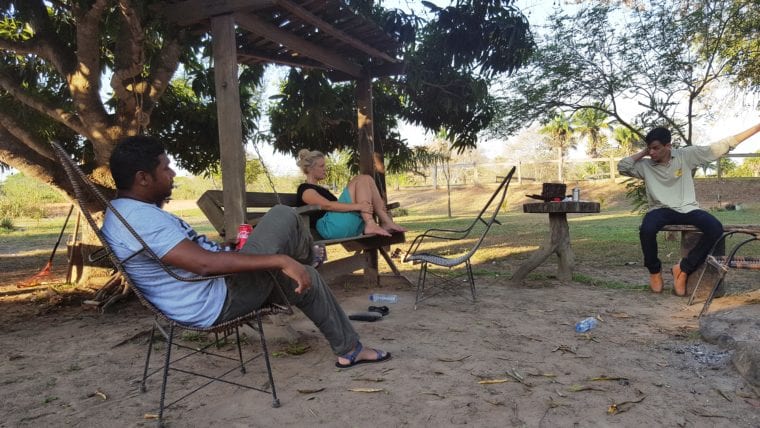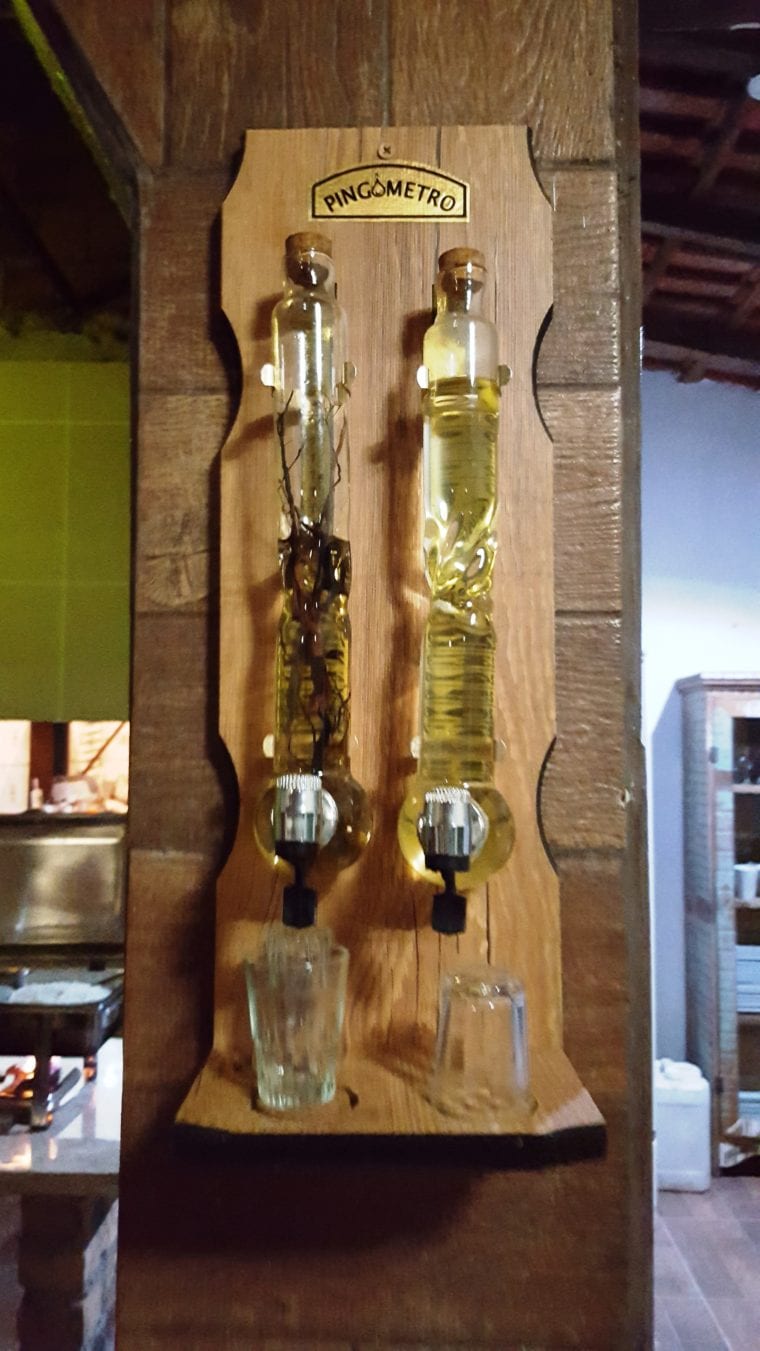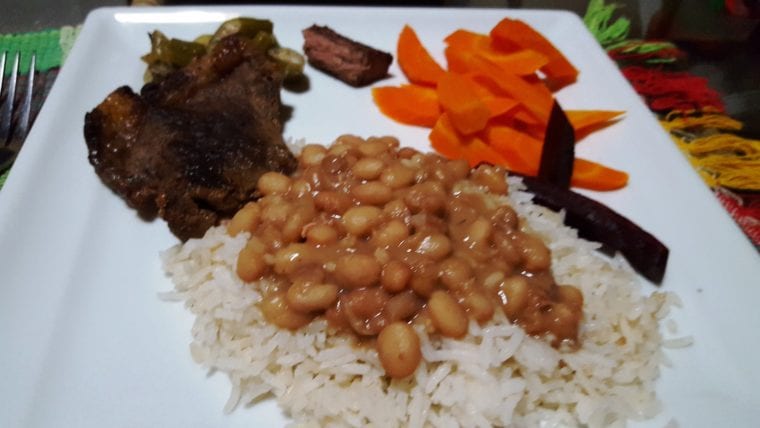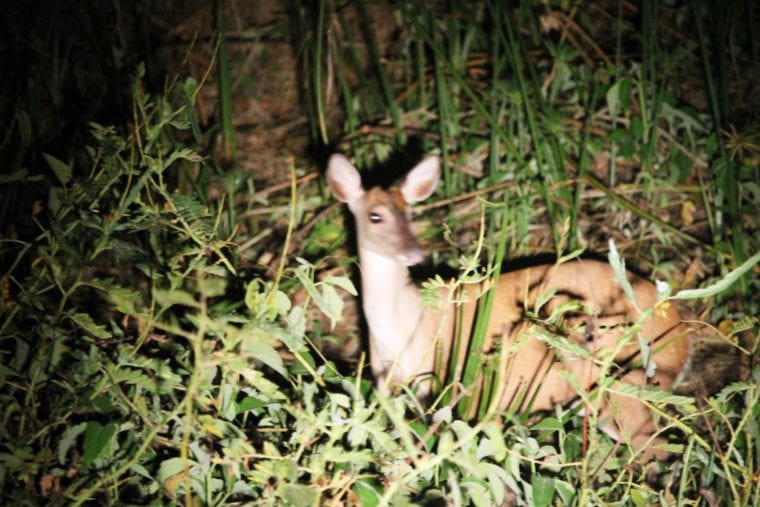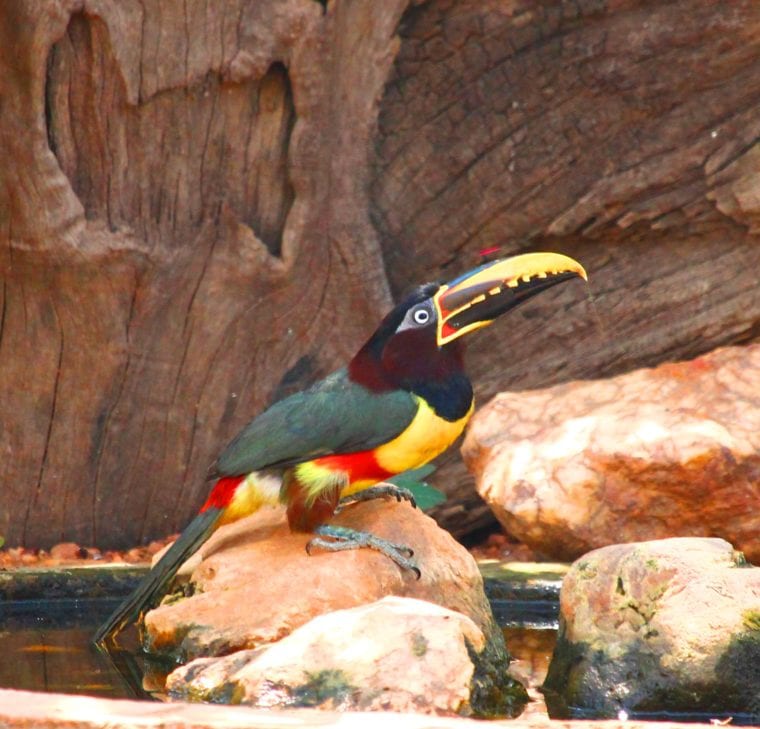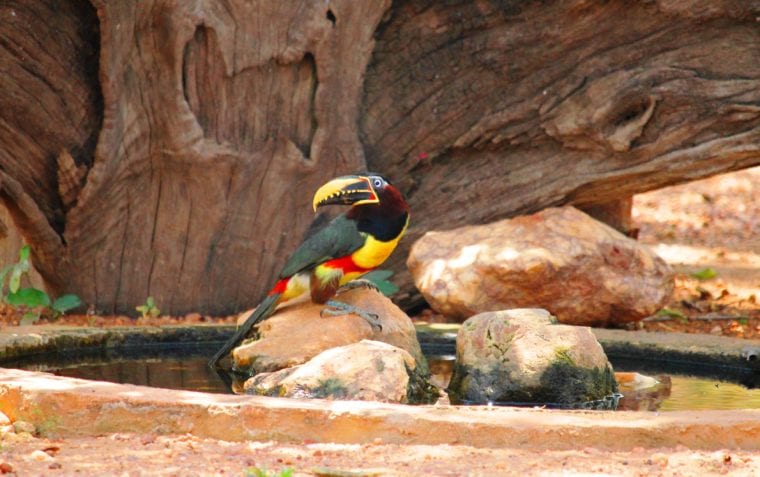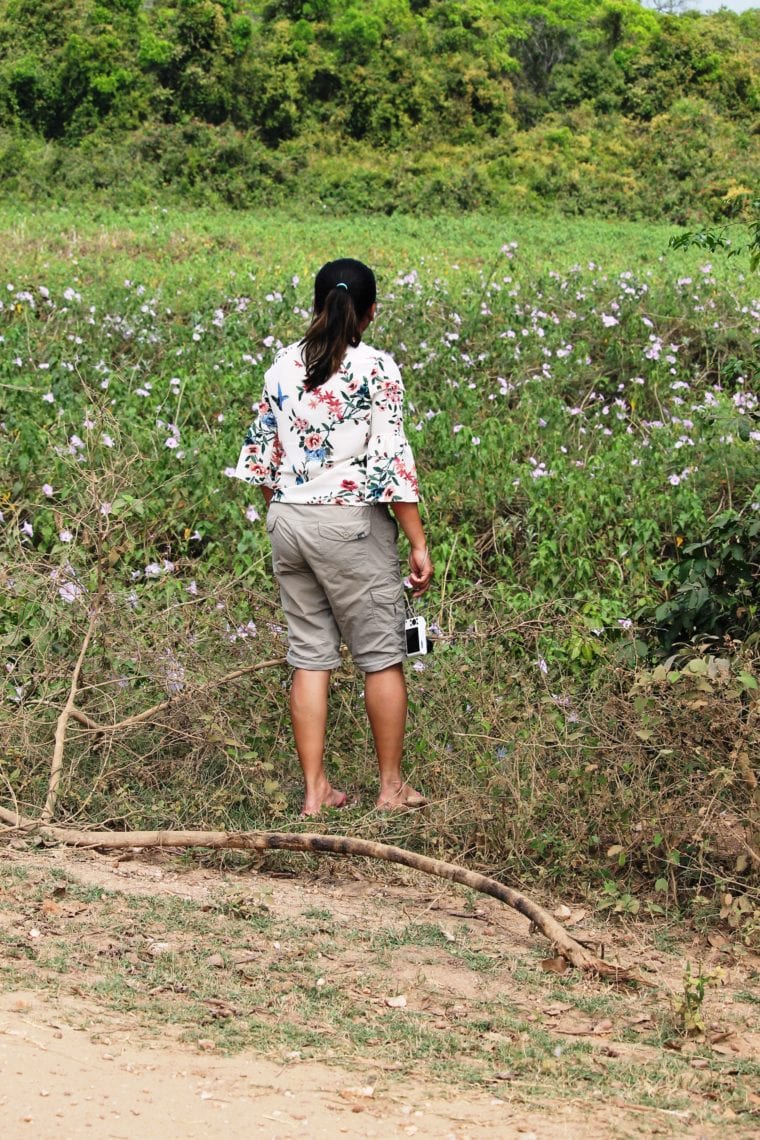- Visit Pantanal – The Transpantaneira Highway
- Visit Pantanal – Explore Pantanal Wildlife
- Visit Pantanal – The Jaguar of Pantanal
Once in a while it really hits people that they don’t have to experience the world in the way they have been told to.Alan Keightley
After an amazing two days spend in the beautiful Rio de Janeiro (Read more) – it was time for visiting Brazil’s best kept secret – The wetlands of Pantanal. This was the highlight of our Brazil trip and I was more so keen to get on the flight and head to this new adventure starting our journey on the Transpantaneira Highway.
We had an early morning flight to Cuiaba. At the airport, we were greeted by our driver and Lena. Lena is a German Traveler – a free soul who had taken a break from her routine life and was heading towards Pantanal to spend a month or more with nature and help in running the eco lodge. As a Language student, she was exceptional in many languages including the native Portuguese which meant she was a great asset while in Pantanal. We hit it instantly sharing our travel journeys and experiences. I must say that Lena was a great company during our stay in Pantanal and wish to keep in touch with her through our escapades.
We first drove to the entrance of Pantanal – the sleepy town of Pocone on a paved road. What instantly strikes you is the tropical heat! We had arrived in the dry season at Pantanal and thats when the wildlife concentration is at its highest. But the heat was simply exhilarating with forest fires on the road all around you and charred remains of trees and bushes.
Pantanal is the world’s largest wetland covering over 78000 square miles – most of it being in Brazil – split between the states of Mato Grosso and Mato Grosso do Sul. Some of this wetlands also spill into neighboring Bolivia and Paraguay as nature knows no boundaries.
Soon we arrive in the sleepy town of Pocone where we do a quick pit stop at a local supermarket for supplies of water etc. and then for lunch at Churrascaria restaurant.
After a nice lunch, we head to the entrance of the Transpantaneira Highway on an unpaved dirt road. Pantanal has very few people and no towns, also the location is so remote and distances are so great – the only road which runs through the heart of the Pantanal is the Transpantaneira Highway. 145km of dirt road and wooden bridges crossing the wetlands. The eco reserve where we were to stay was at the very end of this road and our driver says that it meant crossing 120+ of these wooden flaky bridges in various state of despair to reach our reserve.
The heat was searing now and the dust from the red unpaved road added to the agony – However, we had our eyes peeled to the road to spot for any wildlife. Just then the famous orange beaked Tucano flew right across our car and then I knew we were up for something special in this trip. Though Amazon gets most of the press coverage, viewing wildlife in the true heart of amazon is next to impossible. That’s where the open wetlands of Pantanal come into play – laying out its wilderness on an open stage. The eco diversity of this place is simply amazing and its home to a variety of life from Jaguars, Anteaters, Giant Otters etc. and amazing bird life. It boasts of the highest concentration of wildlife on this continent.
Soon our driver screeches to a halt at one of the bridges and we soon see the reason why. Waters filled with Caiman and amazing bird life all over. These pre-historic looking alligator like creatures lay still confident in their camouflage. A Savanna Hawk keeps a close eye on the proceedings from a distance, while the Cocoi Heron hunts for some fish.
Every year torrential rainfall fills the basins of Pantanal, flooding the region. When the rain subsides, the water retreats to the rivers leaving behind pools filled with small fish and snails which attracts a flocks of Egrets, storks and other birdlife.
Our driver then gives us a freehand to ask him to stop at whichever point during the drive. What Pantanal lacks in terms of people it makes up with its diverse wildlife. We soon stop by at other wooden bridges with pools of Caiman and other birdlife like the Great Egret, Wood Stork and Bare face ibis.
Soon we see two of the bigger birds of the Pantanal – The Great Rhea, which looks more like an Ostrich and Tui Tui or Jabiru – the Symbol of Pantanal.
We pass through more and more amazing birdlife and more Caimans in pool below.
Enough of the birdlife now, that’s what my mind said! And so it was – Cabybaras. Just on the side of the road, you could see the worlds biggest Rodents. Their blunt faced snouts make them look really cute. We squeeze through the perimeter wires to get close to the capybara family which had quite a few small ones.
By this time, we were quite exhausted and the morning flight, heat and dust seemed to be taking a toll especially on Amoli as she could wait no longer to get off the car. Finally after 5 hours of pain staking but thrilling drive, we arrive at our Eco lodge. These eco lodges are run by the local landowners of this region – mostly cattle ranchers, who work with the government for sustainable conservation of this region. If you are looking for a luxury or even say a comfortable holiday then Pantanal is not the place for you. The eco lodges are basic but self-sufficient sitting in the midst of nature/wildlife and on the Transpantaneira Highway with limited electricity and facilities.
Though we were exhausted by the road trip, a pleasant surprise lay in store for us which rejuvenated all of the lost energy. Hyacinth Macaw, one of the most beautiful and elusive birds of the Amazon had nested on the Accuri palm tree right outside our room. A whole flock of these birds were eating the nuts and chirping against the backdrop of a beautiful evening – a spectacular sight to see the Macaw’s in the wild.
Also, close by were the Buff-Necked Ibis and the Parakeets – by no means this was going to be quiet night.
Soon Eduardo – the owner/guide arrived after the day’s safari with a German couple who also spotted the elusive Jaguar. He briefed us on the plan for tomorrow and introduced us to his family – including his wife, son, son’s girlfriend, daughter and his cute little grandson. This is purely a family run business and there is nothing corporate or formal about the whole setup. One needs to be well prepared for a trip to the Pantanal – Read some of the general tips for Pantanal – Click here.
After a delicious dinner(Read more), we head out for our first night Safari on Eduardos 4X4 pickup van with huge flashlight looking for any gleaming red eyes in the darkness of the night. As we cross a nearby bridge, we see tons of red gleaming eyes on the river surface – Caimans. As we drove further, we did see a Night Jar sitting on the road as its cooler and also a fox stroll across the road side and a deer going about its business. Though we didn’t spot many more, it was surely a great drive after dinner and also to beat the daytime heat.
More flavours of the Transpantaneira Highway –
Having been to the wildlife safaris in Indian subcontinent and Africa, the Pantanal for sure was a different arena all together with its theatrics and the first day was a sure blockbuster. However, will I spot the elusive Jaguar on my very first Boat Safari – To find out – Read more.
View our Pantanal Journey Video here –
Read more about our Pantanal wildness exploration – Click here.
If you have queries/feedback, please leave a comment and I will get back to you ASAP.
